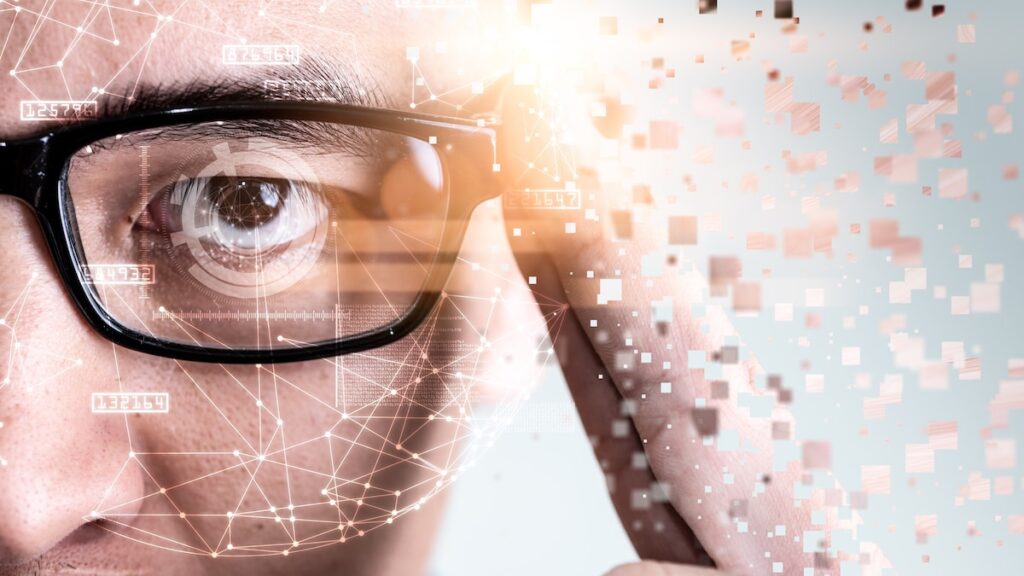
As the popularity of smart glasses continues to rise, governments and the eyecare industry are being urged to implement policies that safeguard privacy and prevent unwanted surveillance. This call to action comes as sales of these high-tech eyewear devices, promoted by celebrities like Chris Hemsworth and Kris Jenner, are on the upswing, according to a media release from Victoria University.
The release highlights that while technological advancements offer numerous opportunities, the absence of proper policies to guide and protect users, particularly in educational settings, could lead to unintended negative consequences. New research from the university indicates that while schools have regulations for mobile phones, education policies have yet to adapt to emerging technologies such as smart glasses.
Smart Glasses in Education: A Double-Edged Sword
Researchers Dr. Janine Arantes and Dr. Andrew Welsman have published a study titled A Phone on Your Face? Rethinking Mobile Device Policy when Smart Glasses are Mainstream in Education. Their findings reveal that smart glasses, often marketed as fashionable accessories similar to Ray-Ban sunglasses, are blurring the line between everyday eyewear and surveillance tools. Retailing at an average of AU$450, these devices are cheaper than most mobile phones and can be fitted with prescription lenses, which normalizes their use and potential for covert surveillance.
Dr. Welsman emphasized the risks, stating,
“Unlike everyday eyewear, smart glasses can share our movements and interactions at school with big tech companies. Smart glasses are now nearly indistinguishable from everyday eyewear, making them difficult to detect and easy to forget you’re wearing.”
He further warned of scenarios where students’ behaviors could be live-streamed from classrooms, or staff members might inadvertently record private moments, leading to unintended exposure.
Balancing Benefits and Risks
Despite the risks, smart glasses offer significant benefits, particularly for inclusivity in education. They provide object recognition for students with vision impairments and reading support for those with dyslexia through voice prompts. However, the potential threat to fundamental protections for students and staff in classrooms is a growing concern.
Dr. Arantes highlighted the urgency of the situation, noting,
“This concern is particularly urgent given the rising incidence of sexual harassment against female teachers and students, and the relative ease with which deepfakes can now be created.”
Unlike mobile phones, smart glasses can discreetly capture images and footage, increasing the risk of misuse without detection.
Policy Development and Industry Responsibility
Dr. Arantes and Dr. Welsman are advocating for the development of specific policies to govern the use of smart glasses, particularly in educational settings. They are calling on governments and the industry to raise awareness of the unique functionalities of smart glasses and to ensure that policies are in place to protect educators and students.
Dr. Welsman warned,
“Smart glasses have many beneficial features, especially for those students with hearing or vision disabilities. However, without guardrails, smart glasses and similar technologies could become very dangerous.”
The rise of smart glasses represents a significant technological shift, and while they offer numerous advantages, the potential for misuse underscores the need for proactive policy-making. As these devices become more integrated into daily life, balancing innovation with privacy and security will be crucial.
Looking Forward
The ongoing debate around smart glasses highlights the broader challenges of regulating emerging technologies. As society grapples with these issues, the development of comprehensive policies that address both the benefits and risks of smart glasses will be essential to ensure their safe and ethical use.
For further reading on related technological advancements, consider exploring the buzz around Nuance Audio glasses at the CES tech show or EssilorLuxottica’s recent acquisition of EyeQ Optometrists, which underscores the growing intersection of eyewear and technology.







